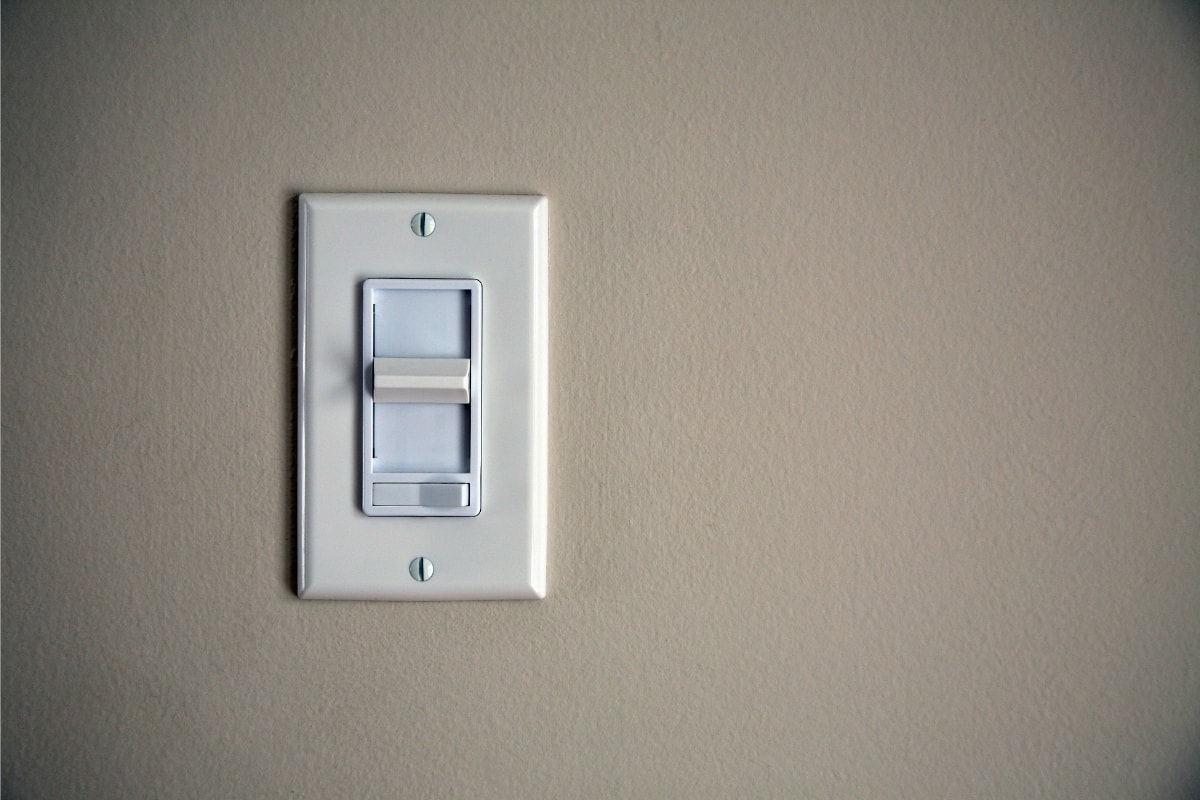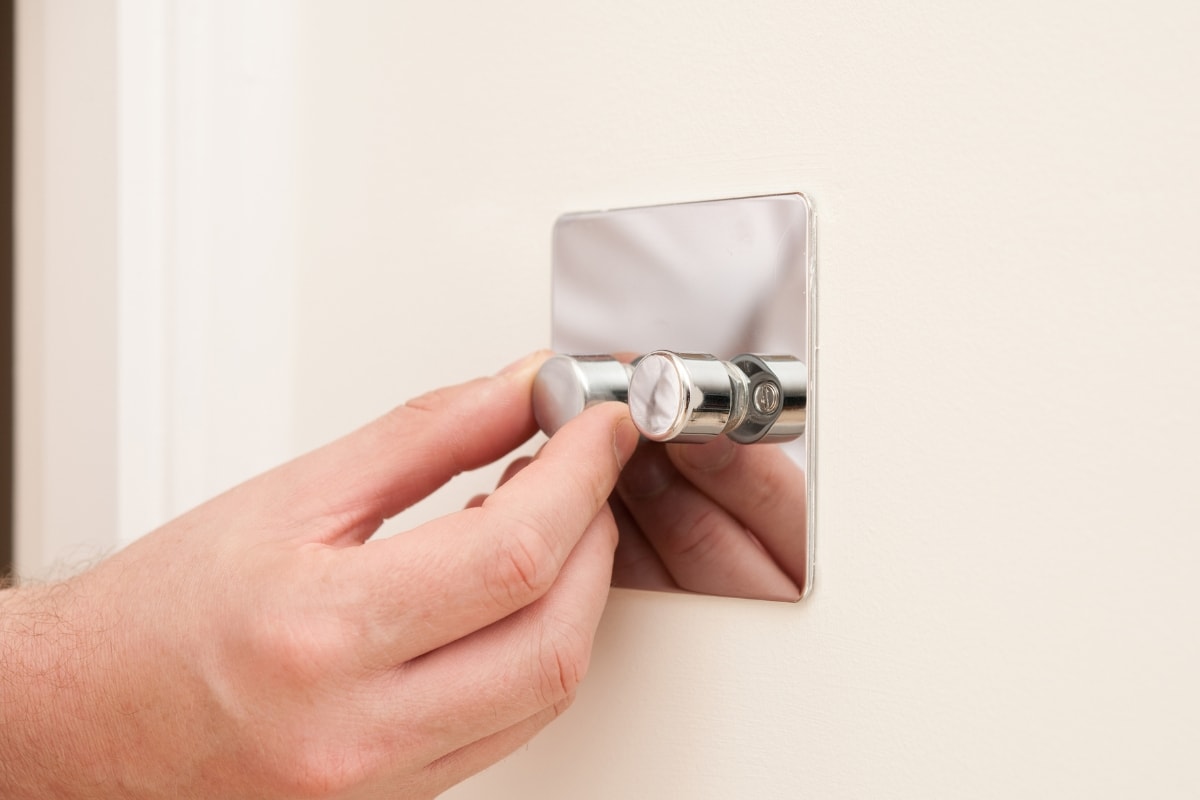Dimmer switches are now one of the must-have lighting controls in our homes. It can help us set a fantastic atmosphere with the right mood by simply dimming the lighting to the desired level. There are various types of dimmer switches on the market, and 0-10V dimmers are absolutely one of the most widely used dimmers in residential and commercial applications.
So what is a 0-10V dimmer, how it works, and why should I choose a 0-10V dimmer for lighting control in my home?
What Is a 0-10V Dimmer
0-10v dimmer is one of the first and simplest low voltage dimming systems widely used in residential and commercial lighting. The dimmer sends a 0 to 10V DC signal to the driver to control the intensity of light output, thus the name 0-10V dimmer. 0-10V dimmer is first introduced to dim fluorescent lights with dimming ballast and then improved to adapt to control LED with dimming drivers as well. Because they are recognized by the IEC 60929 Annex E standard, 0-10V dimmers are still very popular today and accepted by many big companies.
How Does 0-10V Dimmer Work
0-10v dimmer is used to control low voltage LED with an external driver. LED requires a driver to convert AC to regulated DC voltage because LED only works on low voltage DC power. In a 0-10V lighting control system, the LED driver is a special 0-10V dimming driver with two additional wires for receiving control signals from the 0-10V dimmer. The driver acts both as a driver and a dimmer as it needs to convert AC to DC voltage as a driver and adjust the voltage output to the LED light as a dimmer. The driver is normally called a 0-10V dimming driver.
0-10V dimming is analog dimming. The 0-10V dimmer sends an analog low voltage 0 to 10V low voltage DC control signal to the driver via the two additional wires. The driver receives the control signals and then alters the voltage output to the LED to adjust the brightness. Most drivers have a linear dimming curve, meaning the load output to the LED corresponds linearly to the voltage of the dimming signal from the dimmer.
At 10V, the driver output maximum voltage and the light output will be at 100% full brightness. At 0V, the light will be dimmed down to the minimal light level, which is determined by both the driver and LED. Most dimmable LEDs can be dimmed down to at least 10% of max output and some can be dimmed down to 0.1% or 0%. The drivers also have a minimum dimming value of 0% to 10% of the max output. If your driver cannot be dimmed down to 0%, you will need to add an additional light switch to turn off the light completely. If both driver and LED can be dimmed down to 0%, you can use the 0-10V dimmer to completely turn off the light at 0V without needing an extra switch.
Where Are 0-10V Dimmers Used
0-10V dimmers are widely used in indoor, outdoor, residential and commercial lighting as long as you have a compatible 0-10V driver/ballast, such as living rooms, bedrooms, retail, office buildings, and entertainment lighting.
Most of the time, 0-10V dimmers are used in commercial lighting because low voltage LED lights with external drivers are mostly used in commercial applications as external drivers are easier for maintenance and replacement. Another reason is that 0-10V dimmers can easily handle thousands of watts on a single dimmer switch because they only send control signals instead of directly adjusting the output like mains phase-cut dimmers.
What Are the Advantages of 0-10V Dimmers
Apart from the universal benefits that dimmers can help you save energy and electric bills by reducing the power to the light and help create a great atmosphere with a good mood, 0-10V dimmers have these advantages compared to other types of dimmers.
Smooth Dimming
0-10V dimmers can provide very smooth and accurate dimming control at the light level of 10%, 1%, and even 0.1% and 0% compared to mains phase-cut dimming.
Handle More Watts
Unlike phase-cut, mains dimmers that directly adjust the output voltage to the lights, 0-10V dimmers only send out control signals to the driver without directly modifying the voltage output. It makes 0-10V dimmers safe and effective to handle thousands of watts of lighting on a single dimmer. They are the ideal dimmer switch for managing large amounts of fixtures, whereas a regular mains dimmer switch will max out handling LEDs up to 150 watts.
Less Flickering
0-10V dimmers are less likely to cause LED light flickering when dimming to low light levels than a regular leading-edge dimmer switch.
What Are the Disadvantages of 0-10V Dimmers
0-10V dimmers do have some disadvantages. Obvious limitations include that the drivers of the LED should also be dimmable and compatible with a 0-10V dimmer, and the installation of additional wirings for control signals can increase the overall cost.
Here are some other disadvantages specific to 0-10V dimmers.
Voltage Drop
One significant drawback of 0-10V dimming is the voltage drop in the control signal cable, which can cause inconsistency of dimming performance in an analog system. The longer wire is used, the greater the cable’s resistance will be.
Different lengths and diameters of the control signal cable will also result in different resistance, which can further cause different voltage drops and light outputs. It’s best to keep the wiring equal in length and diameter to have consistent dimming performance.
Limited Connected Fixtures
Even though 0-10v dimmers can handle thousands of watts on one dimmer switch, the maximum quantity of the controlled lights in the lighting system is still limited. Each LED driver needs a control signal of 100-500uA current from the dimmer. The maximum amount of connected lighting is limited by the capacity of the control wire.
One Way Communication
0-10V dimmers don’t support bidirectional communication. They use only voltage signals to communicate with the driver. If you need to add extra sensors, you will need to install another lighting control system to the dimming system.
In addition, all the drivers connected with the dimmer will react the same with identical dimming light levels as they receive the same voltage signal from the dimmer. So 0-10V dimmers are best suitable for simple installations and are not able to provide individual control for each light in group controls.
Sensitive to Interference
The 0-10V control signal is sensitive to external interferences. The control signal wires should not be placed near mains cables or potential noise sources like motors or fans, or its 0-10V control voltage might be affected and unable to deliver accurate dimming performance.
Conclusion
0-10V dimmers are still very popular in use. Knowing the benefits and limitations of 0-10V dimmer switches can help you choose the ideal dimming system to control your own lighting in the most beneficial way.









